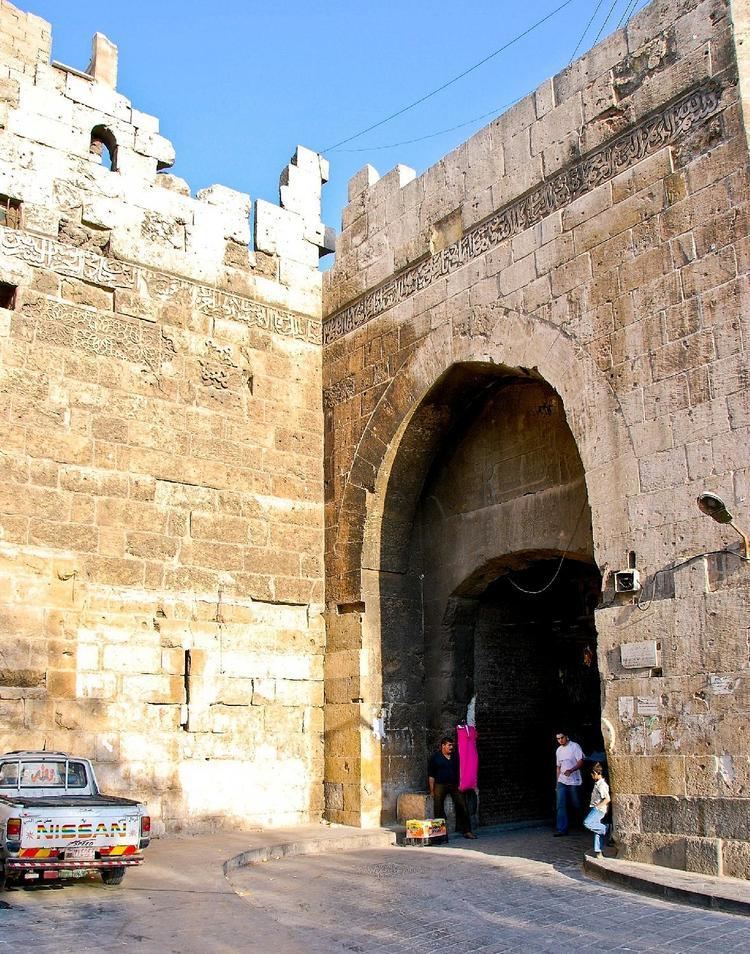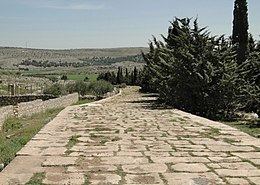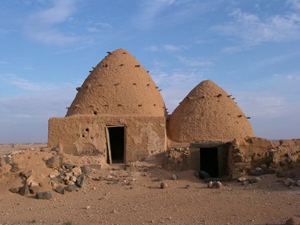Location Syria | Region Aleppo Governorate | |
 | ||
Syria aleppo gate of qinnasrin
Qinnasrin (Arabic: قنسرين; Syriac: ܩܢܫܪܝܢ, Qinnašrīn; meaning "Nest of Eagles"), also known by numerous other romanizations and originally known as Chalcis-on-Belus (Latin: Chalcis ad Belum; Greek: Χαλκὶς, Khalkìs), was a historical town in northern Syria. The town was situated 25 km south west of Aleppo on the west bank of the Queiq River (historically, the Belus) and was connected to Aleppo with a major road during Roman times.
Contents
- Syria aleppo gate of qinnasrin
- Mike barnicle aleppo gate plagiarized george carlin then lied about it
- History
- References
The ruins of Chalcis/Qinnasrin lie north of the modern Syrian village of Al-Iss near Al-Hadher (also written Hadir), the seat of the Hadher Nahiya, Mount Simeon District, Aleppo Governorate.

Mike barnicle aleppo gate plagiarized george carlin then lied about it
History

Chalcis was distinguished from its namesake by its river, the ancient Belus. The river—but not the city—was named for the Semitic god Bel or Baʿal.
The city was a Christian bishopric from an early stage, at first a suffragan of Seleucia Pieria, but later raised to the dignity of autocephalous archdiocese. The names of several of its bishops are known, from that of 3rd-century Tranquillus to that of Probus, who lived at the end of the 6th century and whom Emperor Mauritius Tiberius sent as his envoy to the Persian king Chosroes I. Later it became an important religious and cultural center of Syriac Christianity, gaining fame for its school of theology and monastery until the 10th century.

In Late Antiquity, it belonged to the province of Syria Prima. Its importance was due to its strategic location, both as a caravan stop and as part of the frontier zone (limes) with the desert. In 540, the Sassanid shah Khosrau I appeared before the city and extracted 200 pounds of gold as ransom in return for sparing the city. This prompted the emperor Justinian I to order its fortifications rebuilt, a work undertaken by Isidore the Younger (a nephew of Isidore of Miletus) in ca. 550.

The Sassanids occupied the city in 608/9, during the Byzantine–Sassanid War of 602–628, and kept it until the war's end. Barely ten years later, in 636/7, it fell to the Arabs after a brief resistance.
Under the Umayyad Caliphate, the city became the center of one of the districts into which Arab Syria was divided, the Jund Qinnasrin. The town was repeatedly attacked and sacked by the Byzantines during the latter stages of the Arab–Byzantine wars, in 966, 998 and 1030, and then destroyed by the Seljuq Turks towards the end of the 11th century. Qinnasrin never recovered from the latter, and survived only as an arsenal and caravansarai before being finally deserted.
